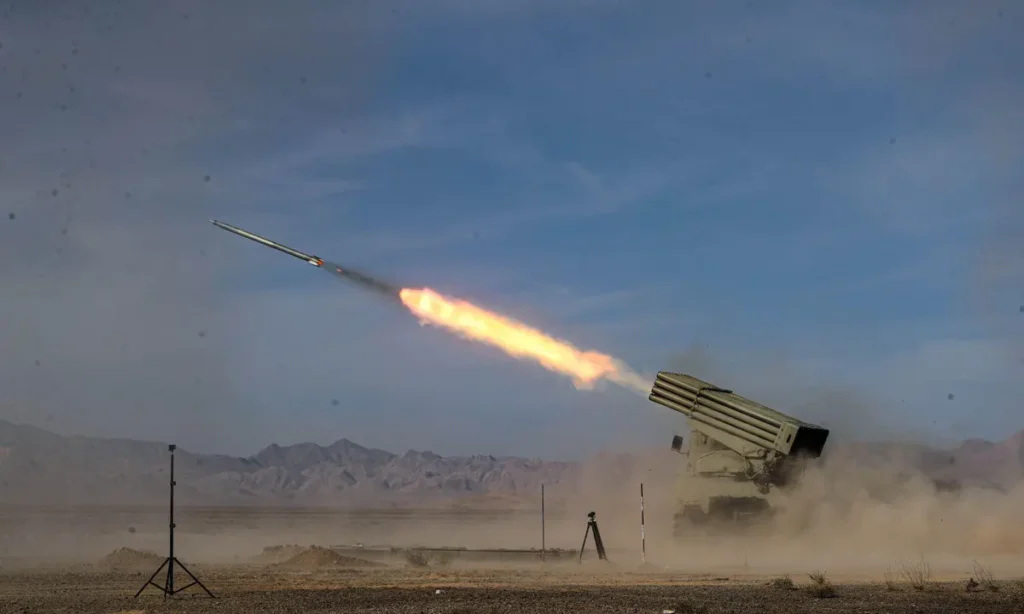The United States has attributed the recent drone attack that resulted in the killing of three U.S. service members in Jordan to the Islamic Resistance in Iraq. This group is an umbrella organization consisting of various Iran-backed militias, including the militant group Kataib Hezbollah. National Security Council spokesman John Kirby made an announcement on Wednesday, stating that the U.S. believes the attack was not only carried out by the group but was also planned, resourced, and facilitated by them.
The drone attack occurred on a military base in Jordan last Sunday, claiming the lives of three U.S. troops and leaving at least 40 others injured. Kirby emphasized that President Joe Biden is actively considering response options to the attack, and the U.S. approach will be thorough and measured. He added, “The first thing you see won’t be the last thing.”
This development has triggered tensions between the United States and Iran. President Joe Biden has linked Tehran to the killing of the three U.S. soldiers at the military base in Jordan, prompting the U.S. to indicate its preparation for retaliatory strikes in the Middle East. The military base, known as Tower 22, is located in northeastern Jordan and has been crucial to the American presence in neighboring Syria.
The potential for additional American strikes in the region raises concerns about further escalation in an area already grappling with heightened tensions. The situation is complicated by Israel’s ongoing conflict with Hamas in the Gaza Strip, which has been ongoing since October 7. The war initiated with an attack by Hamas on Israel, resulting in significant casualties and displacements. Israel’s actions have generated anger throughout the Muslim world.
In the broader context of the Middle East, violence has erupted with Iran targeting locations in Iraq, Pakistan, and Syria. Simultaneously, the U.S. has conducted airstrikes against Yemen’s Houthi rebels in response to their attacks on shipping in the Red Sea. There are growing fears that a new round of strikes targeting Iran could further destabilize the region and lead to a broader conflict.
Adding to the complexity of the situation, the U.S. Navy reported that a destroyer in the Red Sea intercepted an anti-ship cruise missile launched by the Houthi rebels on Tuesday. This attack was part of a series targeting American forces patrolling the key maritime trade route. In response, the U.S. initiated a new round of airstrikes against the Houthi rebels.
Iran has issued a stern warning in response to the escalating tensions. Iran’s ambassador to the United Nations, Amir Saeid Iravani, stated that the Islamic Republic would decisively respond to any U.S. attack on the country, its interests, and nationals, regardless of pretexts. Iravani characterized Iran’s potential retaliation as a “strong response.” It is essential to note that Iran and the U.S. have not exchanged any messages in recent days after the drone attack, either directly or through intermediaries, as clarified by Iravani.
The Iranian government, represented by Revolutionary Guard commander Gen. Hossein Salami, emphasized its readiness to respond to threats. Salami stated, “We are not after war, but we have no fear of war.” This sentiment was reinforced by the acknowledgment of the Iranian air defenses being at their highest defensive readiness.
As tensions escalate, attacks by Iranian-backed Houthi rebels continue in the Red Sea. A U.S. warship, the USS Gravely, was targeted by a drone missile attack on Tuesday night, according to the Houthi military spokesman Brig. Gen. Yahya Saree. The U.S. Navy reported no injuries or damage. The rebels have previously made exaggerated claims about their attacks.
The situation in the Middle East remains highly volatile, with potential consequences for global trade routes and regional stability. The ongoing conflicts, coupled with the threat of retaliatory strikes, create an atmosphere of uncertainty, and the international community is closely monitoring developments in the region.
